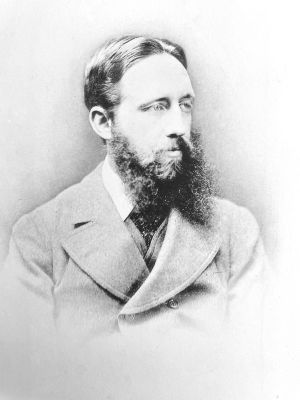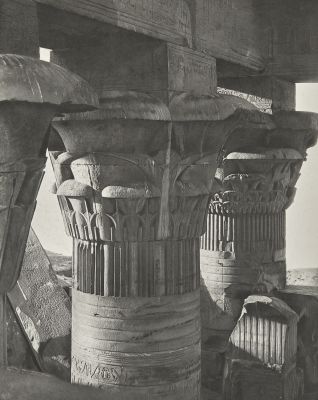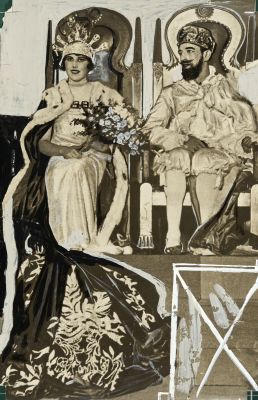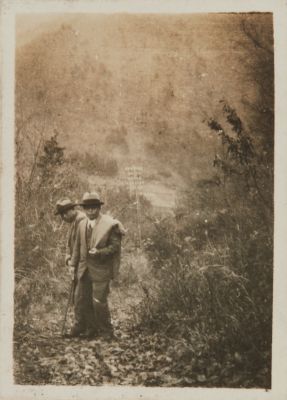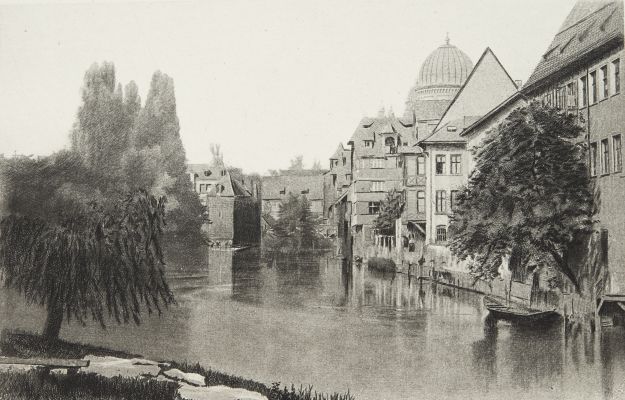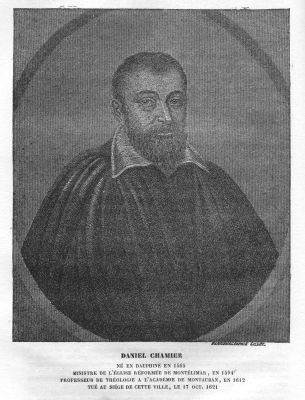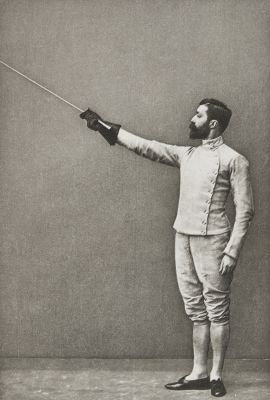
Title
Pavillon RichelieuArtist
UnknownDate
1867 caProcess
Photogravure (Drivet process)Atelier
DrivetImage Size
28.3 x 20.6 cmSheet Size
55 x 35.5 cm
Drivet et Cie Héliog. / Pavillon Richelieu / 34 Rue Tournefort
Drivet was a French lithographer and printer who developed two heliogravure processes: one that incorporated an aquatint grain and another that utilized a line screen. Examples of prints made using Drivet’s processes are rare. There are twenty-nine such works listed in the collection of the Société française de photographie, currently held at the Bibliothèque nationale de France. The catalog describes these works as "positive proofs obtained by a heliographic engraving process, the details of which he did not disclose."
Our print comes from the collection of Gérard Lévy and is similar to a set of prints in the SFP collection. The two prints of the same subject from the same negative differ in that one is very coarse, while the other (matching our print) is very fine. It is possible that the image was used to demonstrate improvements in Drivet’s process. Although more specific research is needed, it is known that this beautiful print represents the state of the art in photomechanical printing in the late 1860s.
According to an 1867 report of the Paris Commission, “The process of Drivet for engraving plates is not described, but the principle of it can be gathered from the specification of the patent. At the same time that the image of the object is thrown on the prepared collodion plate in the camera, the image of a sheet of white paper, covered with closely ruled black lines, is thrown upon the same plate, and at the same time, through another opening from an exactly opposite direction. A negative is thus obtained which would print a positive picture, have the required lines in the highlights obliterated, and intensely developed in the deep shadows. A gelatin picture printed as in woodbury’s process, gives the matrix from which an electrotype plate is produced, to be printed from as an engraved copper plate. It will be seen that we have here the very elements of mezzotint engraving, and the results are undoubtedly the most beautiful and practical yet achieved.” HCL 43 1867 report of the Paris commission, Waterhouse BSFP 1867 p. 203 and 1868 pp 11 and 198.

